The Unbroken Story of Palestinian Resistance
Part One: From the Revolt of 1936 to the Stone Uprising
History is not a neutral observer; it is a weapon wielded by the powerful to justify their crimes. For over a century, Palestinians have fought not only to survive but to reclaim a story stolen and twisted to serve the narrative of colonizers and their enablers. But history is stubborn—it remembers revolts, betrayals, and the defiance of a people who refuse to be erased; it is also a ledger of deception, a record of the lies told to subjugate the colonized and soothe the consciences of the complicit.
If history teaches one truth, it is this: foreign guarantees betray, disarmament annihilates, and resistance remains the only path to survival in a world determined to erase us.
The Great Palestinian Revolt of 1936 epitomized this lesson. For three years, our people rose against British colonial rule and the Zionist project it shielded. Armed resistance shook British control so deeply that they issued the 1939 White Paper. This document promised to limit Jewish immigration to 75,000 over five years, require Palestinian approval for future immigration, and establish an independent Palestine within ten years, governed jointly by Arabs and Jews based on population proportions.
But these promises were steeped in deceit, designed to neutralize a rising revolution while fortifying the Zionist militias—Haganah, Irgun, Stern—that were already preparing to turn Palestinian villages into ashes. Britain demanded our disarmament as the price of their hollow pledges, stripping us of the means to defend ourselves. By enabling the growth of Zionist paramilitary forces, Britain tipped the scales decisively in favor of those preparing to seize the land.
During the uprising, Arab regimes, too, failed to rise to the moment, often prioritizing their fragile alliances with colonial powers over meaningful support for the Palestinian cause. This abandonment left the revolt isolated—a bitter foreshadowing of the betrayals that would haunt the struggle for liberation in the decades to come.
Exhausted from three years of rebellion, crushed by economic and military repression, and facing mounting divisions, some Palestinian leaders saw no alternative but to accept the White Paper. Pressured by Arab regimes more focused on appeasing British colonial powers than resisting them, the Palestinian leadership fractured, with some figures capitulating to the agreement. This disunity opened the door for Zionist forces to consolidate their ascendancy.
By the time Britain abandoned its mandate in 1948, reneging on even these false promises, the Zionist militias were primed for domination, dispossession, and destruction. A revolution that should have marked the dawn of liberation became a prelude to catastrophe, as the world’s strongest empire laid the groundwork for our greatest tragedy.
The White Paper wasn’t a victory; it was the prelude to the Nakba.
The Nakba in 1948 was not an isolated tragedy but the calculated dismantling of a nation—a colonial project designed to erase Palestine and claim its land. In 1947, under the shadow of British withdrawal and the strategic interests of global powers, the United Nations adopted Resolution 181, the Partition Plan. With the stroke of a pen, they allocated 56% of the land to a Jewish state, even though Jews owned only 5% and were a demographic minority. This was not diplomacy; it was imperial arrogance. The land was divided as if its people didn’t exist, their rejection of partition dismissed as irrelevant by those who saw Palestine as a prize to be carved and served.
But the Partition Plan was just the beginning. Its adoption gave Zionist militias the green light to escalate their campaign of displacement and terror. What followed was not an organic conflict but a meticulously planned operation. Plan Dalet, the Zionist blueprint for conquest, laid out the strategies to seize land, expel its people, and eliminate any resistance. This was not war—it was colonization, turned into a military campaign.
Villages were emptied, homes destroyed, and communities uprooted. The massacres at Deir Yassin, Tantura, Lydda, and Safsaf were not aberrations but tools of a systematic campaign to erase a people. Families fled clutching keys and deeds to homes they would never see again, while bulldozers buried entire villages beneath settlements. Maps were redrawn, not to reflect reality but to erase it, replacing Arabic names with Hebrew ones and centuries of history with a colonial narrative.
By the end of 1948, nearly 750,000 Palestinians had been driven from their homes, their exile marking the largest refugee crisis of the era. Unlike Holocaust survivors, whose displacement was addressed through international frameworks emphasizing human rights and restitution, Palestinian refugees were placed under the United Nations Relief and Works Agency (UNRWA). Established in 1949, UNRWA’s narrow mandate provided immediate relief—food, shelter, and education—but ignored the root causes of displacement and the right to return. This division from broader human rights frameworks reflected a deliberate agenda: a calculated effort to render Palestinians defenseless and their claims forgotten.
The 1948 Arab-Israeli war, which Zionist narratives framed as a desperate struggle for survival against a united Arab force bent on destroying their nascent “state,” was itself steeped in revisionist history. Contrary to these narratives, by the time fractured and uncoordinated Arab armies intervened, 300,000 Palestinians had already been displaced in a systematic campaign of ethnic cleansing. Far from the organized assault Zionist propaganda portrays, the Arab response was fragmented, plagued by political rivalries, and reflective of the ambitions of individual regimes rather than a collective strategy to defend Palestine.
The war was not a defensive struggle but an engineered catastrophe. Zionist forces, bolstered by colonial powers and armed to the teeth with training, funding, and weaponry, outnumbered Arab armies three-to-one. Their overwhelming advantage was not born of existential desperation but of calculated aggression aimed at cementing dominance and erasing an indigenous people.
By the war’s end, Israel had seized 78% of historic Palestine, far exceeding the UN’s allocation. This outcome was no accident but the deliberate result of British Mandate policies that prioritized Zionist expansion under the guise of neutrality. The broader strategy of British colonialism—fracturing the region and securing loyal allies—was evident in the creation of Transjordan in 1921. From the eastern portion of the Mandate of Palestine, Britain carved out a new entity and installed Emir Abdullah as ruler. This calculated move rewarded Abdullah’s loyalty and cooperation with British interests during World War I and ensured a pliant regime to safeguard colonial objectives in the region.
Jordan’s Arab Legion, led by British officer Lieutenant General Sir John Bagot Glubb—known as Glubb Pasha—exemplified this alignment. That a British officer commanded the primary Arab military force during the 1948 war is not just a detail—it is a damning emblem of how imperial powers manipulated every facet of the conflict, ensuring their designs prevailed while Palestinians were left to face decimation.
Surrendering arms, fragmented leadership, and reliance on external powers left Palestinians defenseless against displacement, dispossession, and domination. The Nakba’s bitter lesson was clear: liberation requires unity, and survival demands resistance.
The 1949 Armistice Agreements, brokered by the UN, solidified Israel’s territorial gains and institutionalized the fragmentation of Palestine. Gaza fell under Egyptian administration, while Jordan annexed the West Bank, further isolating Palestinians from one another. These agreements legitimized the Nakba’s outcomes under the guise of stability, sidelining Palestinian self-determination and formalizing catastrophe into permanence.
During this period, Israel began to entrench its militarized security doctrine. Lessons from 1948—particularly the effectiveness of preemptive aggression and reliance on colonial support—shaped Israeli policy throughout the 1950s. This militarization, combined with Zionist expansionist ambitions, set the stage for Israel’s prominent role in the 1956 Suez Crisis.
In 1956, Israel invaded Gaza and the Sinai Peninsula in coordination with Britain and France, targeting Egypt after Nasser’s nationalization of the Suez Canal. This invasion subjected Palestinians to brutal violence and displacement, laying bare Israel’s readiness to act as a colonial proxy to expand its control. Refugee camps in Gaza, already overburdened by the Nakba’s legacy, suffered devastating blows. The Suez Crisis deepened Palestinian despair, reinforcing their cycle of exile and dependency under UNRWA’s limited mandate. For Israel, the crisis marked its emergence as a critical Western ally, emboldening its leadership to pursue further territorial expansion.
The events of 1956 revealed the limits of Western support and the weaknesses of fragmented Arab resistance. Zionist leaders recognized that military aggression, paired with the support of global powers, could achieve their territorial aims. These ambitions culminated in the Six-Day War of 1967, when Israel launched a preemptive strike against Egypt, initiating a conflict that Zionist narratives frame as an act of self-defense. This revisionist history, carefully curated for Western audiences, obscured the calculated expansionism driving Israeli actions. Rhetoric of existential threats and victimhood was weaponized to justify aggression and deflect accountability for dispossession and colonization.
By the end of the Six-Day War, Israel had seized Gaza, the West Bank, East Jerusalem, the Sinai Peninsula, and the Golan Heights, fundamentally altering the region’s geopolitical landscape. East Jerusalem’s occupation struck a particularly heavy blow, symbolizing not only territorial expansion but also a direct assault on Palestinian sovereignty over cultural and religious heritage.
Nearly 300,000 Palestinians were displaced again, joining the millions already exiled since 1948. The UN, which had imposed the flawed Resolution 181 in 1947 to partition Palestine, now issued Resolution 242, calling for Israel’s withdrawal from territories occupied in the 1967 war. However, the resolution’s deliberately ambiguous wording—most notably the omission of specifying "all territories"—allowed Israel to interpret its obligations selectively, ensuring justice remained elusive.
By shifting the focus from Palestinian sovereignty and displacement to a narrower territorial dispute, Resolution 242 aligned with Israeli interests. Israel argued that the absence of the definite article in the English version permitted it to retain parts of the occupied territories, consolidating its control while avoiding full withdrawal. Meanwhile, settlements rose across these territories, not as mere homes but as strategic assertions of dominance. Planted in defiance of international law, they disrupted Palestinian contiguity and stood as enduring symbols of erasure, further entrenching Israeli expansionism.
In response to mounting losses and displacement, Palestinians sought to reclaim control of their destiny. The Palestine Liberation Organization (PLO) was established in Cairo in 1964 under Arab League auspices. While nominally created to represent Palestinian aspirations, its initial purpose was to contain those aspirations within the confines of Arab regimes, ensuring Palestinian actions aligned with broader Arab interests. Yet the crushing defeat of 1967 reshaped it into the heart of resistance, declaring armed struggle as the only viable path to liberation. Fatah, its largest faction, transformed it into a symbol of defiance—a political and military body representing the displaced, the exiled, and those enduring brutal occupation.
The Battle of Karameh in 1968 marked a defining moment in the shared struggle against Israeli aggression. In this Jordanian town, Palestinian fighters, alongside Jordanian troops, repelled an Israeli assault meant to crush resistance. The cost was high, but the coordination between Jordanian forces and Palestinian fighters broke the myth of Israeli military invincibility. Karameh became a rallying cry—a moment of defiance that inspired a generation, symbolizing the power of unity in the face of overwhelming odds.
Operating from Jordan, Palestinian fighters launched guerrilla raids into occupied Palestine, asserting their role as the spearhead of liberation. However, the increasing militarization of refugee camps and cross-border operations created tension. For Palestinian factions, these actions were a continuation of the fight for liberation, but for Jordan, they posed a threat to sovereignty, internal stability, and the fragile balance with Israel. This friction escalated, culminating in Black September in 1970—a tragic chapter in which Jordan, under intense internal and external pressures, violently suppressed Palestinian forces. Thousands were killed, and the PLO leadership was forced into exile.
Black September revealed the fragility of alliances in the face of competing priorities. While Palestinian fighters viewed their actions as essential to the cause of liberation, Jordan’s leadership saw them as a challenge to national stability and authority. The events marked a turning point, severing the cooperation seen at Karameh and exposing the deep fractures that external powers would continue to exploit in the decades to come.
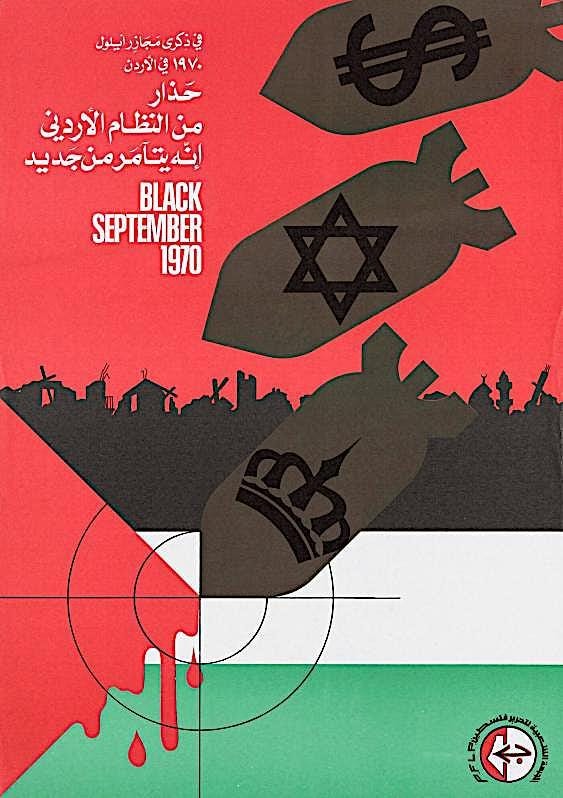
Following these events, Palestinian leadership reestablished itself in Lebanon amidst the volatile Lebanese Civil War. Once again, the refugee camps became dual symbols of resilience and peril. While they served as the nerve centers of resistance, they also became battlegrounds, with civilians bearing the brunt of retaliatory attacks. More damningly, involvement in Lebanon’s internal conflicts alienated local allies and deepened the divisions already tearing the region apart. The leadership’s entanglement in factional disputes, often driven by self-interest and power struggles, betrayed the very communities it claimed to protect.
Israel exploited this chaos. In 1978, Operation Litani devastated southern Lebanon, targeting camps and resistance infrastructure. This assault displaced thousands and further isolated the Palestinian struggle. Later that year, the Camp David Accords delivered another blow. Egypt, once a self-proclaimed leader of Arab liberation, normalized relations with Israel in exchange for the Sinai Peninsula—a fraction of its own land. In Western capitals, the agreement was hailed as a breakthrough for peace. For Palestinians, it was a betrayal, reducing their cause to a footnote in a deal shaped by imperial powers.
The consequences of this betrayal were far-reaching. Settlements expanded across the occupied territories, tightening the Occupation’s grip and transforming conquest into permanence. Each new settlement was not merely a home but a weapon—concrete and steel defying international law while the world turned a blind eye. For Palestinians, the Camp David Accords underscored a bitter reality: the Arab regimes that once claimed to champion their liberation had now abandoned them.
In 1982, Israel invaded Lebanon under the pretense of dismantling the PLO. For 88 days, Israeli forces besieged Beirut, unleashing relentless bombardment on the city. Entire neighborhoods were reduced to rubble, and hospitals overflowed with the wounded. Civilians were trapped in a hellscape of fire and deprivation, enduring constant shelling that turned every corner into a death trap. The siege was not merely an assault but a calculated act of psychological warfare—a chilling prelude to the genocidal horrors now consuming Gaza, where resistance is met with annihilation, and hope is systematically crushed.
Bowing to international pressure, including from the Lebanese government, the PLO leadership ultimately evacuated to Tunisia under a U.S.-brokered agreement. Central to this deal was the disarmament of the PLO—a concession made under the illusion of peace. Guarantees of protection for Palestinian civilians left behind were pledged. But Israel treats agreements not as obligations to honor but as tactics of war.
Within weeks of these so-called assurances, Israeli forces encircled the Sabra and Shatila refugee camps, enabling allied Lebanese militias to carry out atrocities that remain etched in history. Over three days, 3,500 unarmed Palestinian men, women, and children were massacred under the watchful eyes of Israeli troops—complicit in every scream that echoed through the camps. Bloodied bodies filled the alleys, bearing witness to the brutality of those who sought to erase an entire people.
In Sabra and Shatila, humanity was slaughtered. These camps experienced a grim truth that reverberates in Gaza today: defiance will be met with extermination, and the world will look away.
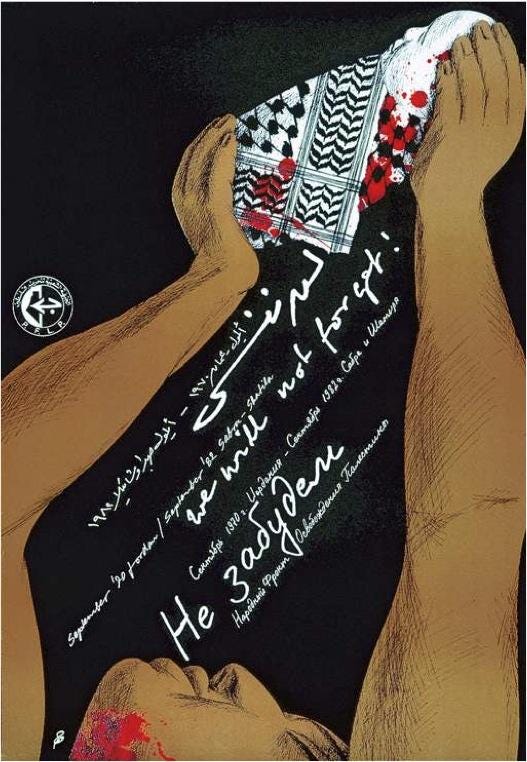
This period laid bare the fragility of relying on external guarantees or diplomatic agreements for protection. Disarmament did not bring peace; it guaranteed vulnerability, exposing Palestinians to even greater atrocities. By the time the PLO leadership was exiled to Tunisia, the seeds of fragmentation, compromise, and capitulation had been sown, severing the connection between exiled leaders and the grassroots resistance that would later rise from Jabalia in 1987.
Five years later, in 1987, the First Intifada was born in the refugee camps of Gaza, forcing the world to confront the brutal reality of Palestinian suffering and defiance. Decades of systemic oppression and the suffocating despair of life under occupation culminated in a grassroots uprising that echoed through every corner of Palestine. This was not a coordinated revolution led by elites; it was a spontaneous eruption of collective resistance.
Students, workers, women, and children, armed with nothing but stones, faced down tanks and soldiers, transforming streets and alleys into battlegrounds of defiance. Every boycott, every strike, every act of civil disobedience became a weapon in the hands of the oppressed, striking at the Occupation’s stranglehold on Palestinian lives.
The uprising, known globally as The Stone Uprising, tore away Israel’s carefully curated mask of legitimacy. Images of children confronting heavily armed soldiers exposed the machinery of colonial violence sustaining the Occupation. The Western narrative of order and stability under Israeli rule crumbled, revealing domination upheld by terror and repression. Israel’s violent crackdown—bullets against stones, soldiers against children—highlighted the stark imbalance of power.
The decentralized, unified nature of the Intifada revealed cracks in the Occupation’s armor. It proved that even the most formidable forces could be shaken by the indomitable will of a united people. The uprising disrupted daily life in the Occupied Territories, undermined Israel’s economic control, and challenged its moral standing on the global stage. Through sheer resilience and determination, Palestinians forced the world to acknowledge their struggle—not as passive victims but as active agents in their fight for liberation.
The Madrid Conference in 1991 was a hard-won achievement of the First Intifada, a testament to the power of grassroots mobilization. For the first time, Israeli officials sat face-to-face with Palestinian representatives. The Palestinian delegation, composed primarily of local figures from the Occupied Territories—Haider Abdel Shafi, Faisal Husseini, and Hanan Ashrawi—embodied the spirit of the Intifada, challenging the perception that Palestinians were mere pawns in regional geopolitics. Their participation signaled a historic moment of recognition, amplifying the voices of those who had fought oppression on the ground.
Madrid was a triumph of grassroots defiance and unity, but it also exposed the opportunism within Palestinian leadership. By then, the PLO had been operating in exile for decades, navigating regional politics and international pressures while clinging to symbolic authority. This prolonged absence created a divide with the local leaders who had carried the resistance on the ground, revealing a leadership increasingly detached from the realities of life under occupation.
The decision to sideline the momentum of Madrid in favor of secret backchannel negotiations leading to Oslo was not just a strategic miscalculation—it was a betrayal. It reflected a leadership more invested in preserving its relevance than in honoring the sacrifices that had forced the world to the negotiating table. The spirit of steadfastness that had defined the uprising was abandoned, but the legacy of defiance endured.
History delivers its verdict clearly: resistance is the only path to survival. From Jabalia to Khan Younis, from the stones hurled in the First Intifada to the improvised weapons of today, every act of defiance is a link in the unbroken chain of struggle, binding generations in the fight for liberation. Gaza stands as the frontline of resistance, the cemetery of invaders. Gaza resists, and Palestine lives. Survival is resistance. Resistance is survival.



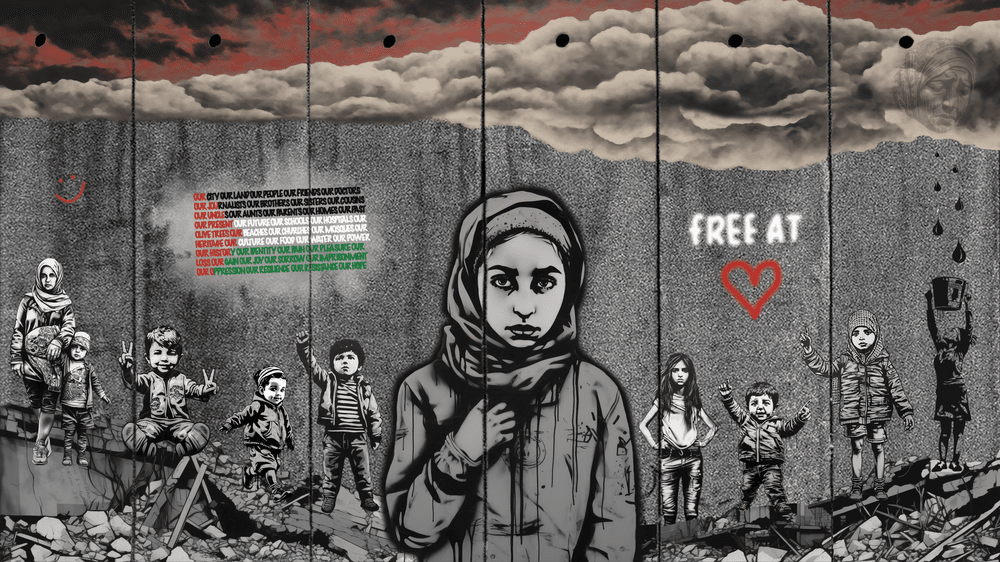
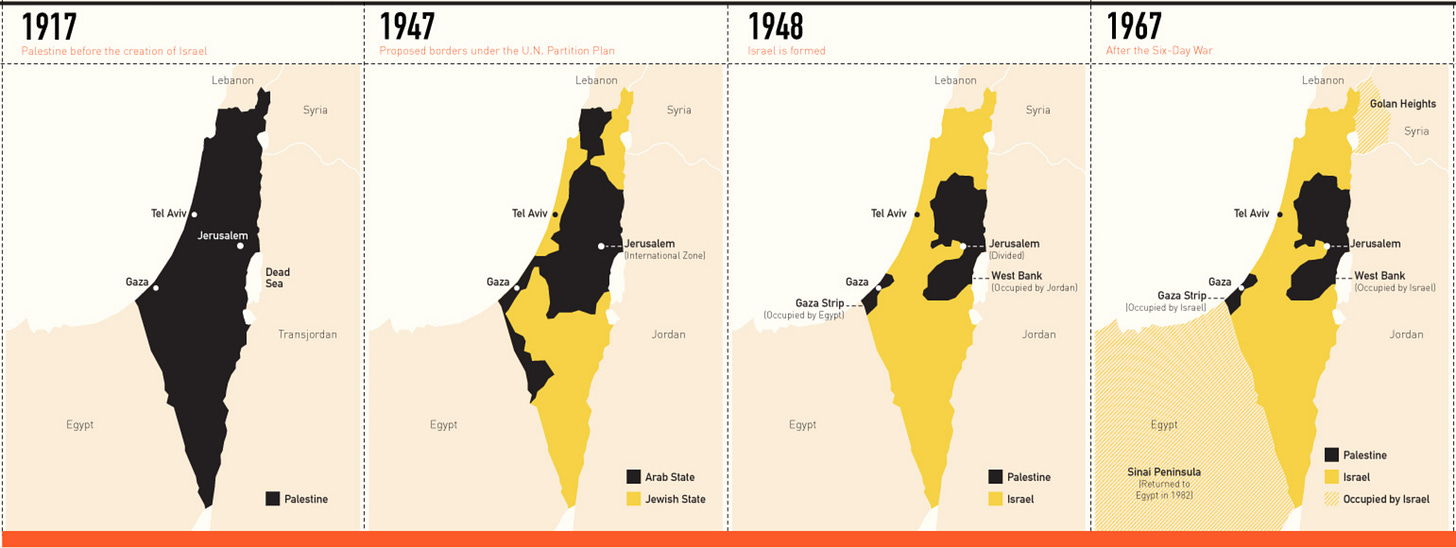
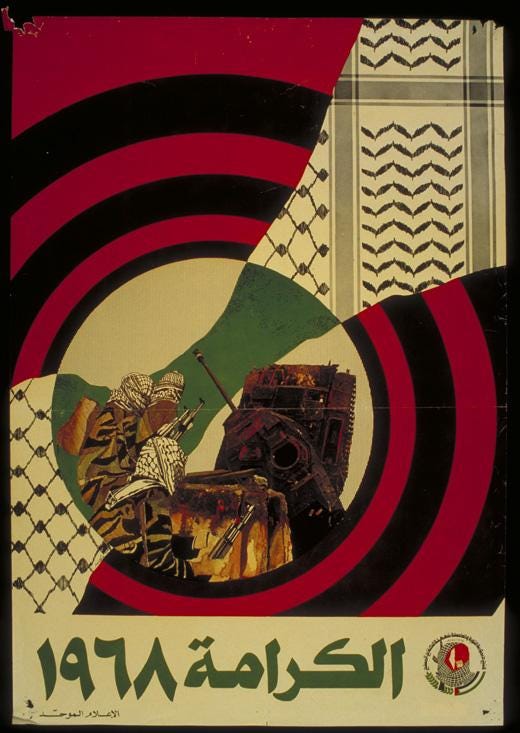
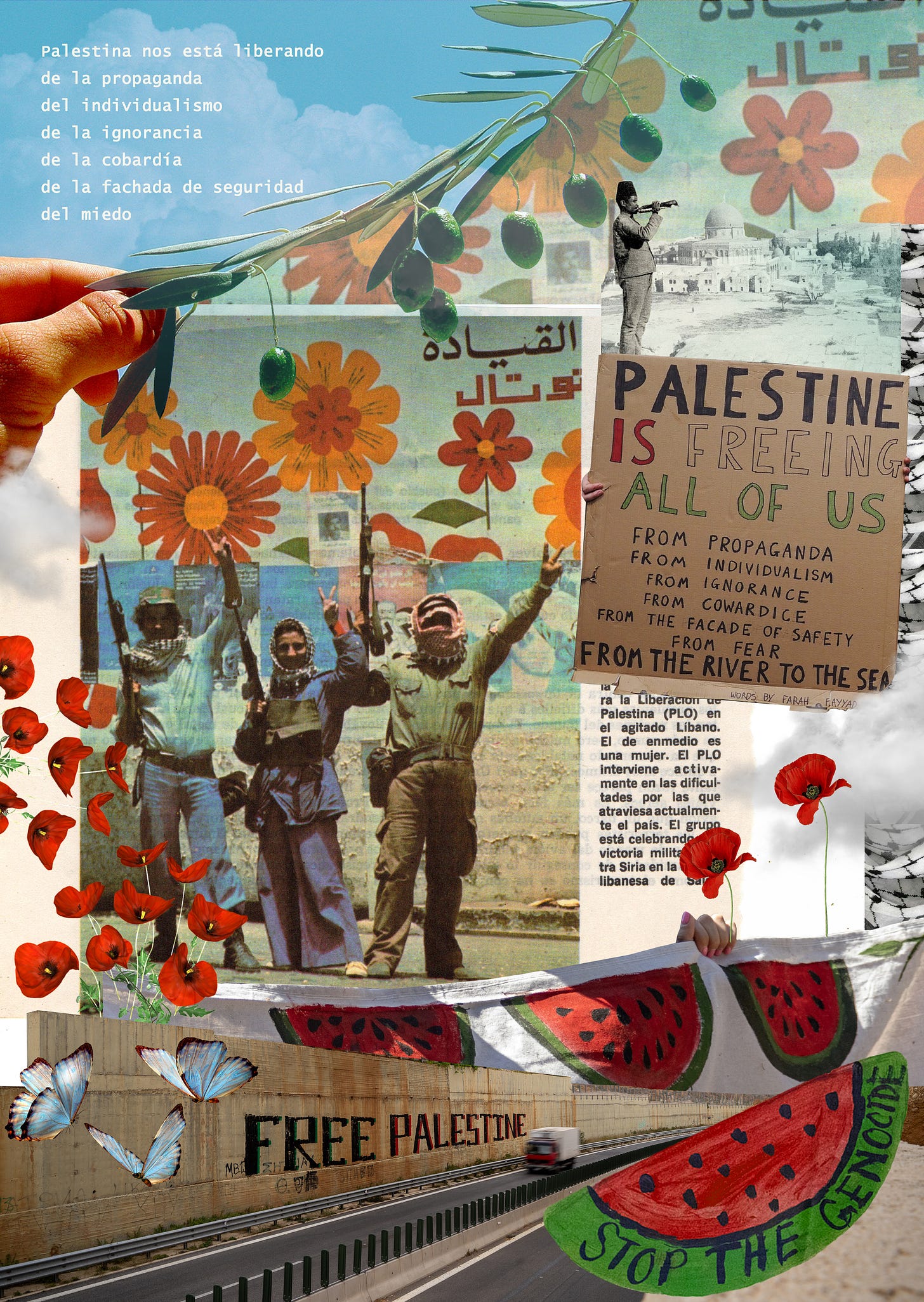

😭😭😭🫂🫂🫂
Thank you for sharing this analysis and calling for awareness. Your text makes it clear that history must be read and understood, not simply trusted🥹🥹🕊🕊🕊